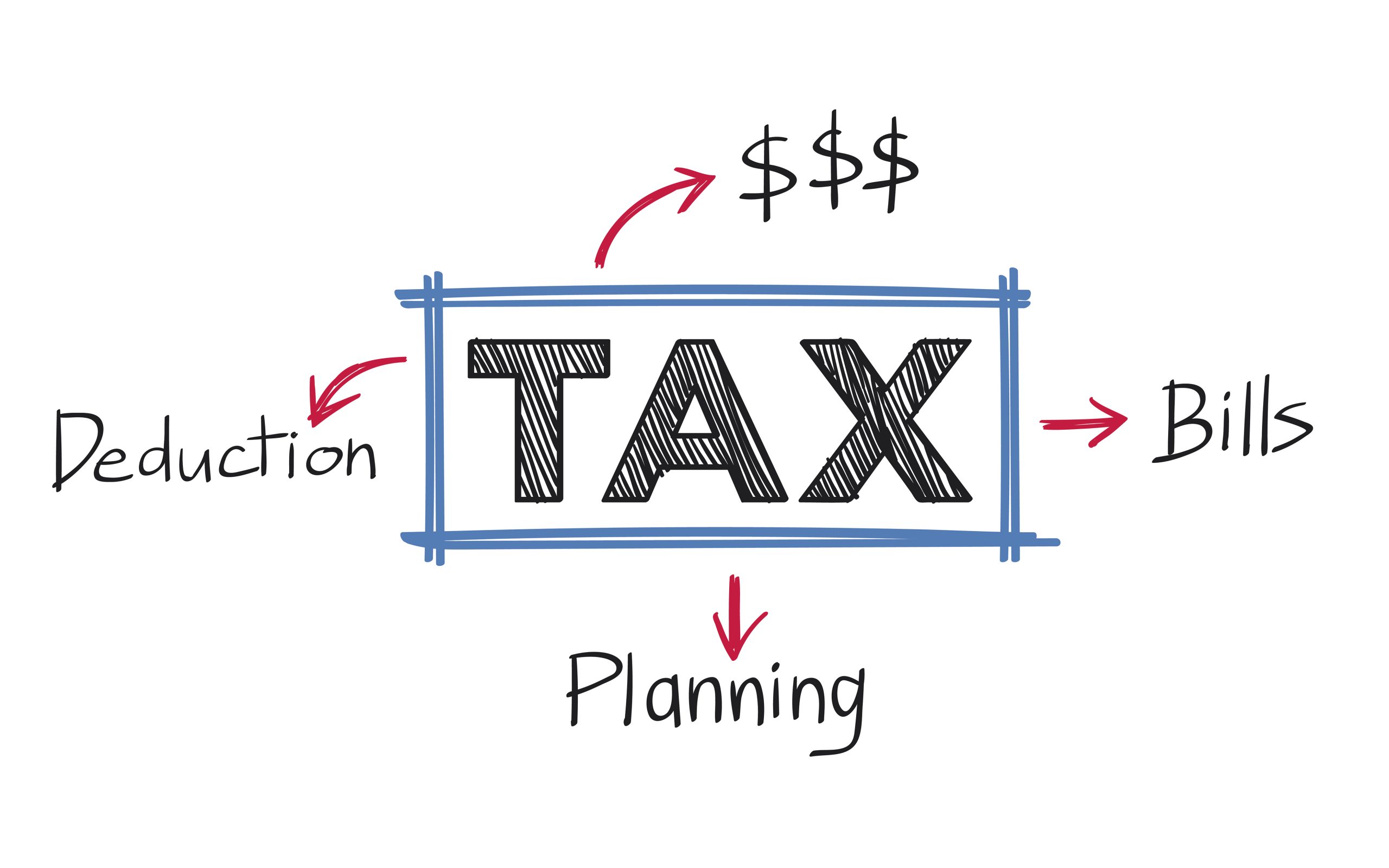Tax season in the United States can feel overwhelming. With endless forms, numerous deductions, and ever-evolving regulations, it’s easy to see why tax preparation is something many dread. However, with a clear understanding of the process and a little guidance, you can tackle your taxes efficiently and even find opportunities to maximize your refund. Here’s a rundown of everything you need to know to navigate tax preparation with confidence.
Understanding the Basics of Tax Filing
Tax preparation in the U.S. involves gathering your financial information and organizing it in a way that accurately reflects your income and expenses over the past year. The IRS (Internal Revenue Service) requires all U.S. residents, citizens, and some non-residents to file an annual tax return. The form you file depends on your income sources, your employment status, and any deductions or credits you’re eligible for.
1. Choose Your Filing Status
One of the first steps in tax preparation is determining your filing status. Your status impacts the tax brackets that apply to you, the standard deduction, and any additional credits you may qualify for. The main filing statuses are:
Single: For unmarried individuals.
Married Filing Jointly: If you and your spouse are filing together.
Married Filing Separately: For married individuals who file separately.
Head of Household: If you are unmarried but support a dependent.
Qualifying Widow(er): For those with dependents who lost a spouse within the past two years.
2. Gather Necessary Documents
Preparation starts with collecting all relevant financial documents. Here’s what to look out for:
W-2 Forms: If you’re an employee, your W-2 outlines your earnings and tax withheld.
1099 Forms: These cover various forms of non-employment income, such as freelance earnings, investment gains, and more.
1098 Forms: These detail certain expenses, like mortgage interest and student loan payments, that could lead to deductions.
Personal Information: Gather Social Security numbers for yourself and any dependents.
3. Know Your Deductions and Credits
Deductions and credits are two tools to reduce your taxable income. Deductions lower your income before tax rates are applied, while credits directly reduce the amount of tax owed. Here are some of the most common deductions and credits:
Standard Deduction vs. Itemizing: Many choose the standard deduction (around $13,850 for singles in 2023) instead of itemizing because it’s simpler. However, if you’ve had major medical expenses, mortgage interest, or charitable contributions, itemizing might save you more.
Earned Income Tax Credit (EITC): This credit benefits low- to moderate-income workers, particularly those with children.
Child Tax Credit (CTC): If you have dependents under 17, you may be eligible for a tax credit to reduce your tax liability.
Education Credits: Taxpayers with qualified education expenses, such as the American Opportunity and Lifetime Learning Credits, can also reduce tax owed.
4. Consider Hiring a Tax Professional
While DIY tax preparation software is increasingly popular, hiring a tax professional can be invaluable. Accountants stay current with tax law changes and can identify deductions and credits you might overlook on your own. Professionals also handle complex tax situations, such as self-employment income, investment properties, or international earnings. They often provide additional services, like audit support, which can be worth the investment.
5. File Early and Electronically
Filing early has its perks. If you’re due a refund, filing early means getting it faster. It also reduces the risk of tax identity theft, as scammers can’t file in your name if you’ve already submitted your return. The IRS recommends filing electronically; it’s faster and more secure, and you’ll typically receive confirmation that your return was accepted.
6. Avoid Common Tax Pitfalls
Mistakes on your tax return can lead to penalties, delays, or even audits. Here are a few pitfalls to watch out for:
Math Errors: Simple addition errors or incorrect calculations can cause issues, so double-check or use tax software.
Missing Forms: Make sure you’ve included all relevant documents.
Missed Deadlines: The deadline is April 15, with extensions available until October. Missing these deadlines can lead to penalties unless you file for an extension.
7. Prepare for Changes in 2024
Each tax year brings adjustments, whether it’s inflation adjustments to tax brackets, changes in retirement contribution limits, or shifts in credit amounts. For example, some COVID-era tax credits have changed or expired, so it’s wise to check the latest IRS updates. Staying informed on these changes can save you time and potentially money.
With the right tools and knowledge, tax season doesn’t have to be stressful. By getting organized, taking advantage of available resources, and considering professional help, you can manage your taxes effectively and even uncover new savings. And remember, if it ever feels too complicated, help is just a call away. Tax professionals can simplify the process and ensure you get every deduction and credit you deserve.




Leave a Reply